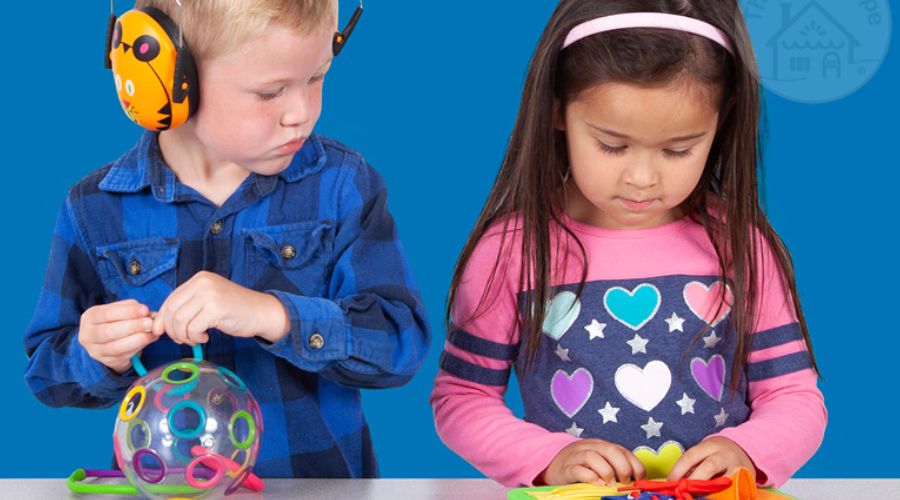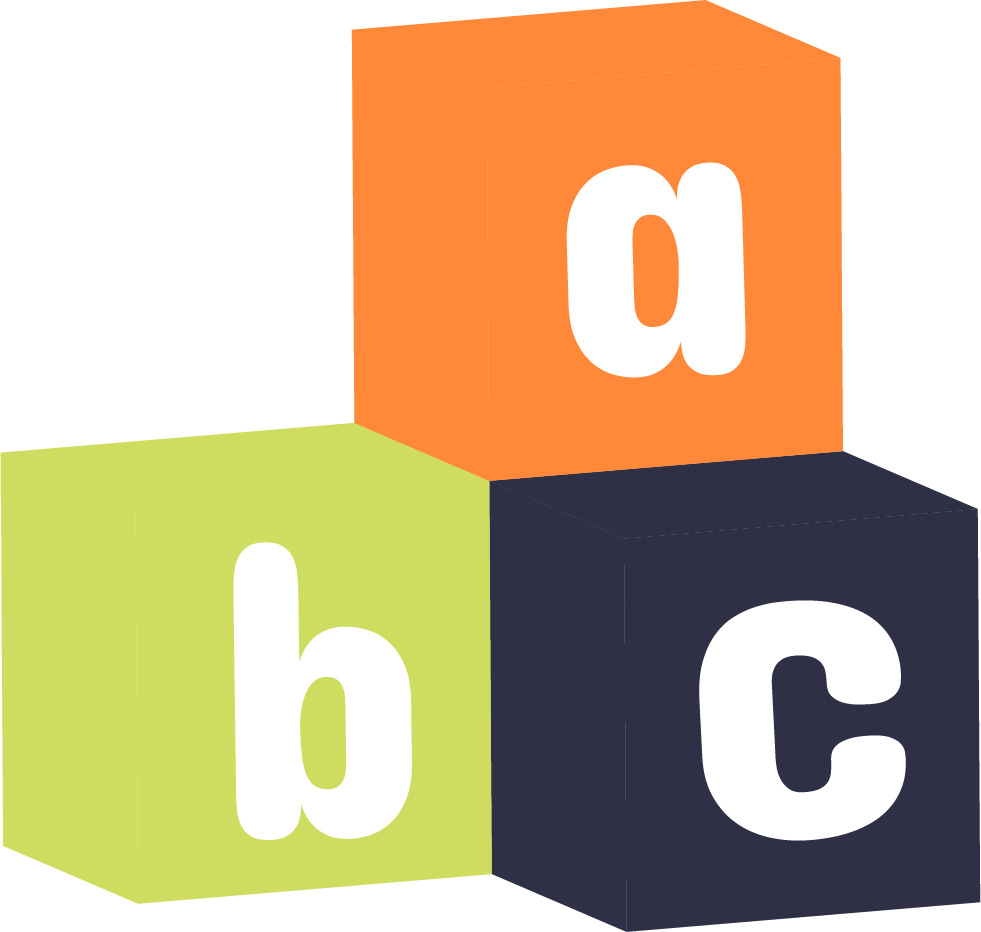Top 20 Specialized Toys for Children with Autism: A Comprehensive Guide
Children with Autism Spectrum Disorder (ASD) often face unique challenges in their development and engagement. Specialized toys designed with their specific needs in mind can play a crucial role in supporting their growth and well-being. In this comprehensive guide, we’ll explore the top 20 specialized toys for children with autism, categorized into sensory toys, communication and language development toys, social interaction and emotional regulation toys, and cognitive and problem-solving toys. We’ll also provide valuable insights on how to choose the right toys and maximize their benefits.
Sensory Toys
Sensory Balls
Sensory balls are a fantastic way to engage a child’s tactile senses. These textured balls provide a unique tactile experience, stimulating fine motor skills and hand-eye coordination. They also offer a calming sensory experience, which can be particularly beneficial for children with sensory sensitivities.
Fidget Toys
Fidget toys are discreet tools that offer tactile stimulation. They can help children self-soothe and maintain focus, making them ideal for managing anxiety and stress. Fidget toys come in various forms, from spinners to squishy objects, providing sensory comfort and diversion.
Chewable Sensory Necklaces
Children with autism often benefit from oral sensory stimulation. Chewable sensory necklaces are designed for this purpose, offering a safe and appropriate outlet for chewing needs. These necklaces come in various shapes, colors, and textures, making them both functional and visually appealing.
Bubble Tubes
Bubble tubes are mesmerizing sensory toys that create a calming and visually stimulating environment. The gentle flow of bubbles and changing colors can help children relax and focus. They offer a unique sensory experience that promotes visual tracking and engagement.
Liquid Motion Bubblers
Liquid motion bubblers are captivating sensory tools that provide visual and tactile stimulation. As the liquid inside the tube moves, children can watch the colorful bubbles flow and settle, offering a soothing and engaging experience. These bubblers can help with visual tracking and sensory integration.

Communication and Language Development Toys
Picture Communication Cards
Children with autism may struggle with verbal communication. Picture communication cards offer a visual means of expression. These cards feature images or symbols representing various words or concepts, allowing children to communicate their needs, wants, and feelings visually.
Augmentative and Alternative Communication (AAC) Devices
AAC devices are electronic tools that assist children in expressing themselves. They can be programmed with pre-set or customized messages, giving a voice to those who face challenges in verbal communication. AAC devices come in various forms, from dedicated devices to apps on tablets or smartphones.
Speech Therapy Apps
Technology has opened up new possibilities for speech therapy. Speech therapy apps cater to a range of speech and language challenges, offering interactive exercises and games to improve communication skills. These apps can be an engaging and effective way to support language development.
Visual Schedules
Visual schedules provide structure and predictability, which can be comforting for children with autism. These schedules use pictures or symbols to represent daily routines and tasks, helping children understand and navigate their daily activities. Visual schedules promote independence and reduce anxiety.

Social Interaction and Emotional Regulation Toys
Emotion Cards
Understanding and expressing emotions can be challenging for children with autism. Emotion cards feature various facial expressions, helping children identify and understand different emotions. These cards can be used as a tool for emotional recognition and regulation.
Social Storybooks
Social storybooks use simple narratives and visuals to teach children appropriate social behaviors and responses. These stories provide a structured framework for understanding social situations, making them an invaluable tool for enhancing social skills and comprehension.
Puppets for Role-Playing
Role-playing with puppets can be a fun and effective way to work on social interaction and communication skills. Puppets provide a safe and engaging platform for children to practice social scenarios, express themselves, and develop empathy.
Calming Weighted Blankets
Calming weighted blankets offer deep pressure stimulation, which can help children with autism regulate their sensory experiences and emotions. These blankets provide a comforting and calming sensation, promoting relaxation and emotional well-being.

Cognitive and Problem-Solving Toys
Puzzles
Puzzles are excellent cognitive and problem-solving tools. Jigsaw puzzles, in particular, are known to improve fine motor skills, spatial awareness, and logical thinking. They offer a fun way to engage children in cognitive challenges and critical thinking.
Building Blocks
Building blocks are versatile toys that promote creativity, spatial skills, and logical thinking. Children can use them to construct various structures, encouraging open-ended play and problem-solving. Building blocks offer opportunities for imaginative play and skill development.
Shape Sorters
Shape sorters are educational toys that help children with shape recognition, fine motor skills, and problem-solving. These toys often feature differently shaped blocks that need to be matched with corresponding holes, providing a cognitive challenge and a sense of accomplishment when completed.
Interactive Learning Tablets
Interactive learning tablets are designed to engage children in educational activities and games. They offer a dynamic way to develop cognitive skills, including letter and number recognition, memory, and early math concepts. Interactive tablets can be tailored to a child’s specific learning needs.

How to Choose the Right Specialized Toys
Selecting the right specialized toys for a child with autism involves careful consideration and individualization. Here are essential factors to keep in mind:
Individualized Needs Assessment
Every child with autism is unique, and their preferences and challenges vary. It’s crucial to assess their strengths, weaknesses, sensory sensitivities, and interests to select the most suitable toys.
Safety Considerations
Safety is paramount when choosing specialized toys. Ensure that the selected toys are age-appropriate, durable, and free from potential hazards. Check for any small parts that could pose a choking hazard.
Age-Appropriate Selections
Match specialized toys to the child’s developmental stage. Toys that are too advanced may frustrate the child, while those that are too simplistic may not provide enough stimulation.
Multi-Sensory and Adaptable Toys
Look for toys that engage multiple senses simultaneously. Multi-sensory toys offer a holistic learning experience. Additionally, adaptable toys that can evolve with the child’s changing needs and developmental progress provide long-term value.
Parent and Caregiver Involvement
Active participation in playtime by parents, caregivers, and educators enhances the effectiveness of specialized toys. Collaborate with professionals, such as speech therapists and occupational therapists, for valuable insights and strategies.

Specialized toys for children with autism are powerful tools that can support their development, engagement, and overall well-being. These toys cater to sensory needs, communication and language development, social interaction, and cognitive skills. By choosing the right specialized toys and implementing them effectively, parents, caregivers, and educators can provide invaluable support and opportunities for growth and connection. Embrace the world of specialized toys, and witness the positive impact they can have on children with autism as they navigate their unique developmental journeys.

